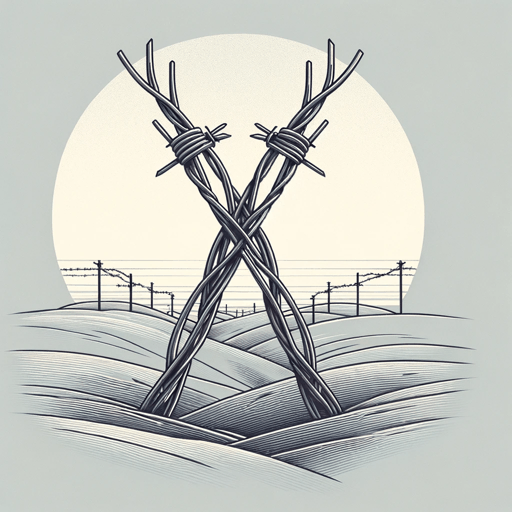53 pages • 1 hour read
John KeeganThe First World War
Nonfiction | Reference/Text Book | Adult | Published in 1999A modern alternative to SparkNotes and CliffsNotes, SuperSummary offers high-quality Study Guides with detailed chapter summaries and analysis of major themes, characters, and more.
Index of Terms
Bolshevik
Derived from the Russian word for “large” or “majority,” it referred to the faction of the Russian Social Democrat party led by Vladimir I. Lenin. Dedicated communists, they advocated for the concept of the revolutionary vanguard, an elite that would seize power and impose Marxist principles from above, rather than the “Menshevik” (which means “small,” or “minority”) policy of social reform and developing the class consciousness of the peasantry. The Bolsheviks fulfilled their goal by seizing control of St. Petersburg in November 1917 (October in the old Russian calendar, hence the term October Revolution) and shortly thereafter pulling Russia out of the First World War. The Bolsheviks, after gaining power, no longer wanted to focus on international threats but instead turned their attention to internal, domestic ones. Russia’s withdrawal from the war proved consequential in some regards.
Salient
Also known as a “bulge,” a salient occurs when an army advances across only a portion of the enemy’s territory, leaving a noticeable projection that is then surrounded on three sides. The initial fighting in the summer and fall of 1914 would create several bulges, based on the furthest German advances or where they chose to establish defenses. Two of the most significant were at the fortress of Verdun, where the French jutted into German-controlled territory, and Ypres, which the British occupied as part of the 1914 race to the sea.

